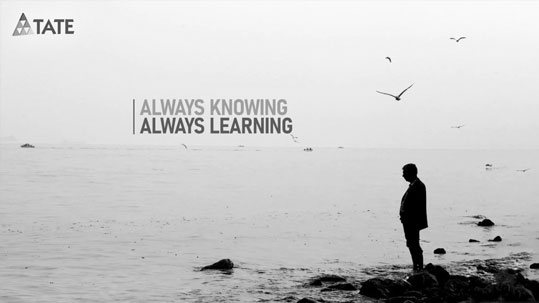“Of course we all would like to foretell the future and make contact with the gods.” – Carl Sagan, Broca’s Brain: Reflections on the Romance of Science
Most of us continue to dwell in the ecstasy of the future we want for ourselves; while only a few, have actually rolled up our sleeves and gotten in the rough and tumble of what it takes to get there. There is a difference in creating great vision statements for our organizations and a reason why most often they don’t materialize.
According to world expert in complexity thinking Dave Snowden, the creator of Cynefin: “once you say you’re in a change initiative, you’ve already failed.” Why? Because it’s all about comfort zones. Those great places to snooze in, but nothing ever grows there. As Peter Drucker once said, “any innovation in a corporation will stimulate the corporate immune system to create antibodies that destroy it.”
It’s not just fear that gets in the way of taking tough decisions, or daring leadership; it’s actually our armour. When things get tough, it’s time to ask the Brene Brown questions: Do we lean in to vulnerability and get curious? Or do we protect ourselves in ways that move us away from our values!
Being the “knower” or always being right, is heavy armour. It’s defensiveness, posturing, and above all, it’s the fear of being vulnerable. In corporations, some people are valued as ‘knowers.’ Others remain tight-lipped because they’re not “senior enough,” it’s “not their place,” or for fear of rejection.
Brene Brown has three strategies that have transformed ‘always knowing’ into ‘always learning’:
- Call the issue by name. Chase all the elephants out of the room. But it’s kind in the long run. Working on curiosity and critical thinking skills helps tremendously. More helpful than having quick answers, is asking the right questions.
- Prioritise the learning of “curiosity skills.” Some people are naturally curious, others need to be taught. The ‘don’t care’ attitude could be a mask behind which the fear of curiosity hides.
- Appreciate and reward great questions, or curiosity-satisfying initiatives. Remember there’s a difference between wanting to “be right” and wanting to “get it right”.
As leaders, we must display the characteristics we desire in others. Nobody outside of your organization can resolve your issues. Daring greatly and succeeding is entirely up to you.
In closing, here’s an inspiring quote from Brene Brown’s book, Dare to Lead, wherein she speaks about ‘The Heart of Daring Leadership’, “At the heart of daring leadership is a deeply human truth that is rarely acknowledged, especially at work: Courage and fear are not mutually exclusive.”
Most of us feel brave and afraid at exactly the same time. We feel vulnerable. Sometimes all day long. During those “in the arena” moments that Roosevelt described, when we’re pulled between our fear and our call to courage, we need shared language, skills, tools and daily practices that can support us through the rumble.
To dare greatly, venture out vulnerably and intently… and you’ll soon find yourself, ‘already there.’
I welcome your thoughts…

